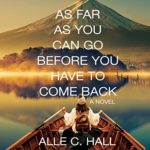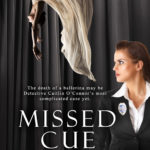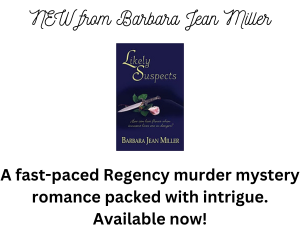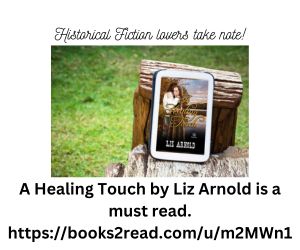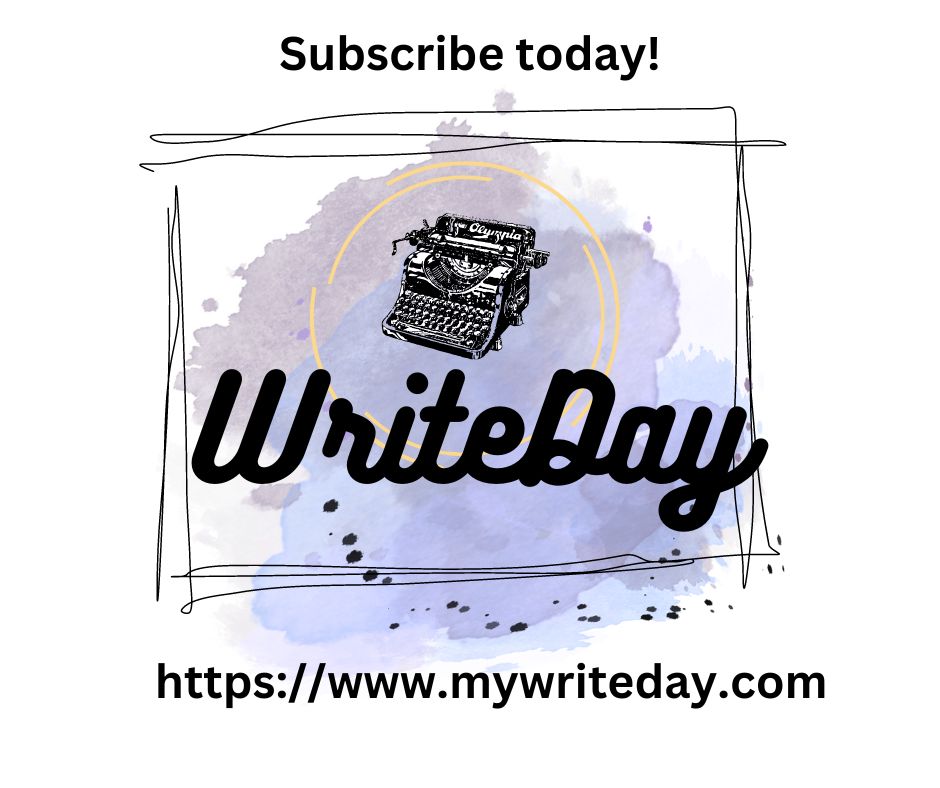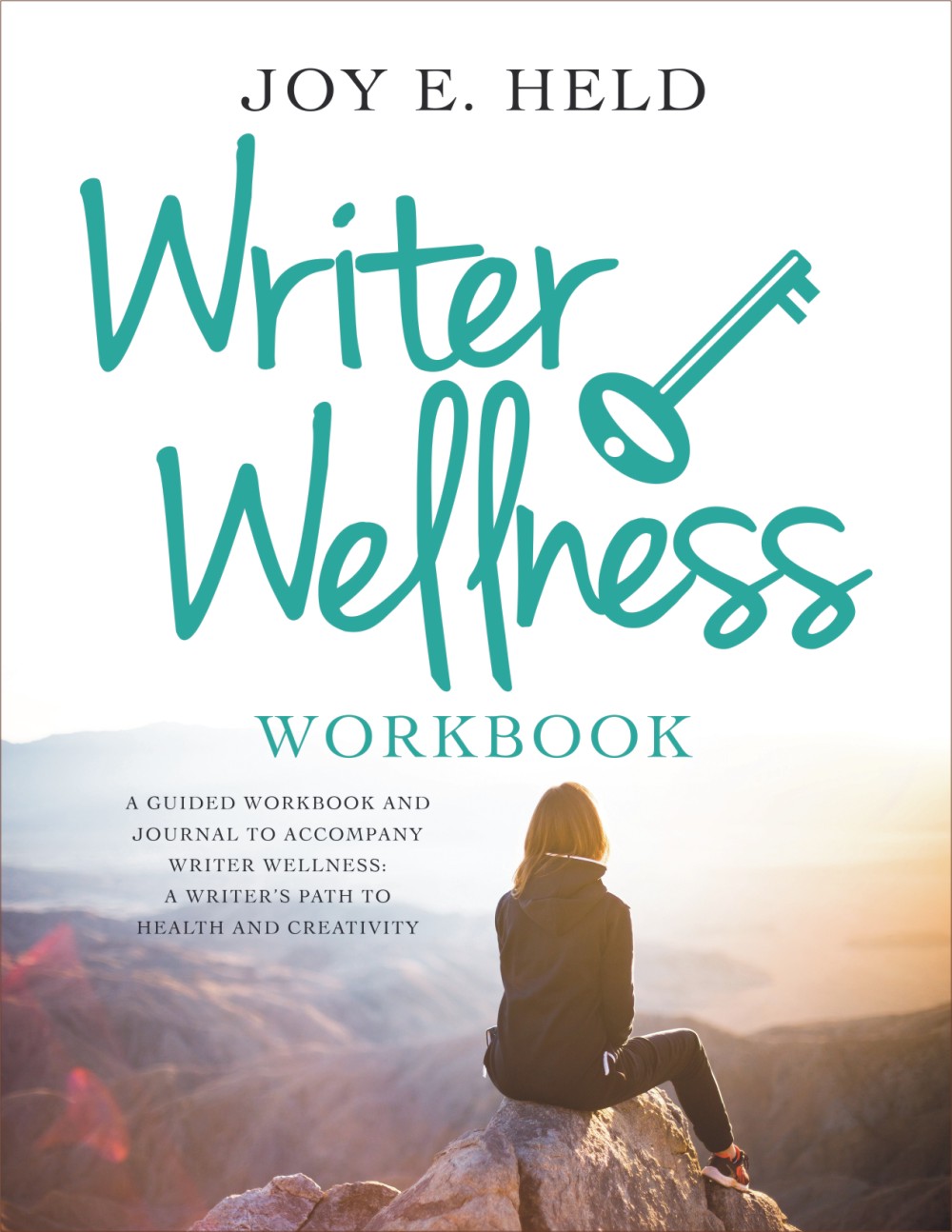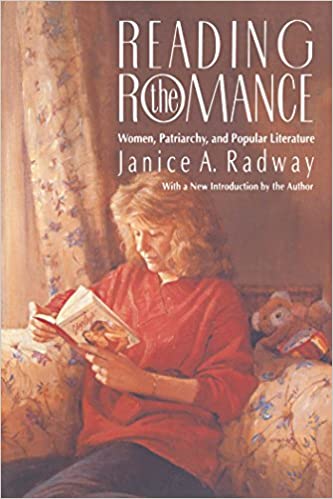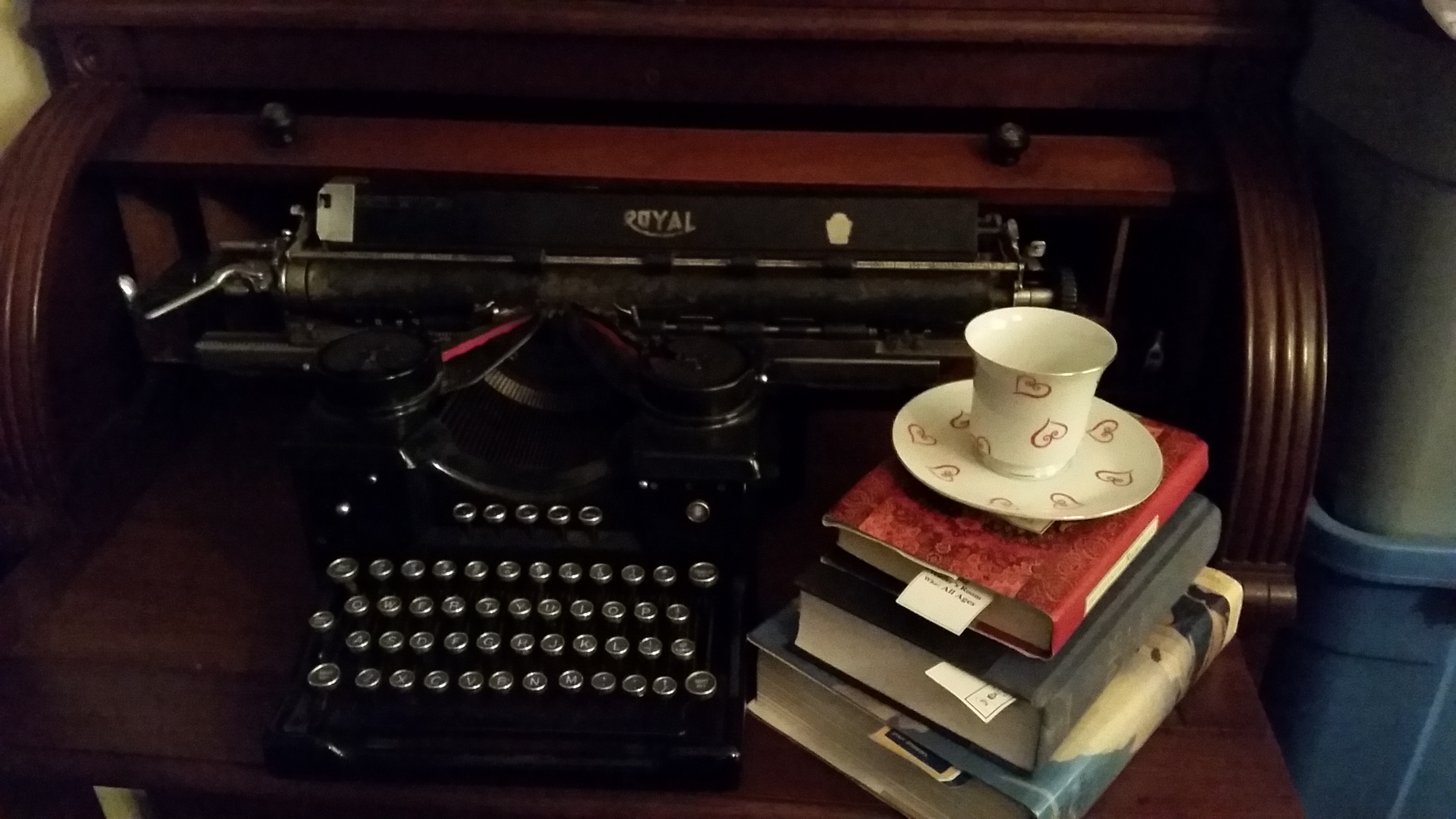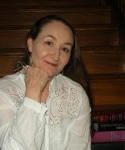This article may contain affiliate links which may result in the author receiving a commission when readers purchase items through the links.
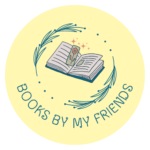
Today we’re featuring authors LAURY A. EGAN, ALLE C. HALL, LYNN SLAUGHTER, and LINDA BALLOU.
BOOK: The Firefly
AUTHOR: Laury A. Egan
GENRE: Romance and coming of age portrait
BLURB: 1964: A dark summer night on a still black lake. A lantern is lit at the end of a dock. A blond girl in white appears and begins to dance, her body illuminated like the fireflies surrounding her. A second girl emerges from a house and is beckoned forward. The two meet, swim, and then kiss, beginning an ethereal romance and a young woman’s journey into adulthood. Robin Bennet, 14, has been abandoned at a lakeside rental. Her parents argue and leave, each believing the other has remained with Robin. Alone, Robin discovers someone has been sleeping in the house and stealing food. A fifteen-year-old, Kieran, the charming intruder, invites himself to dinner. He is the brother of the beautiful girl who magically appeared on the dock the night before. After he departs, the “Firefly” returns, but in the morning she has disappeared, leaving Robin on a quest to find her all the while pursuing her dream of becoming an architect. Heat rating: 2
ABOUT THE AUTHOR: Laury A. Egan is the author of eleven novels, The Firefly; Once, Upon an Island; Wave in D Minor; Turnabout; Once, Upon an Island; Double crossed; The Swimmer; The Ungodly Hour; A Bittersweet Tale; Fabulous! An Opera Buffa; The Outcast Oracle; and Jenny Kidd; in addition to a collection, Fog and Other Stories. Four limited-edition poetry volumes have been published: Snow, Shadows, a Stranger; Beneath the Lion’s Paw; The Sea & Beyond; and Presence & Absence. Eighty-five of her stories and poems have appeared in literary journals.
BOOK: As Far As You Can Go Before You Have to Come Back: A Novel
AUTHOR: Alle C. Hall
GENRE: Literary fiction
BLURB: As Far as You Can Go Before You Have to Come Back is a-girl-and-her-backpack story with a #MeToo influence: Carlie is a child sexual abuse survivor. As a teen, she runs away to Asia. Falling in with an international crew of Tai chi-practicing backpackers, Carlie’s journey becomes one to find the self-respect torn from her as a child and the healthy sexuality she desires. Trigger warnings for: child sexual abuse, addictions, and suicide.
ABOUT THE AUTHOR: Nominated for The Pacific Northwest Booksellers Book Award, Alle C. Hall’s debut literary novel, As Far as You Can Go Before You Have to Come Back was winning prizes before its publication, including the National League of American Pen Women’s Mary Kennedy Eastham Prize. The novel was also submitted by the publisher for The National Book Award. Hall lived in Asia and traveled there extensively. She has a daily Tai chi practice that spans 35 years.
BOOK: Missed Cue
AUTHOR: Lynn Slaughter
GENRE: Mystery
BLURB: While dealing with her own messy personal life, Lieutenant Caitlin O’Connor investigates the most complicated case of her career, the suspicious onstage death of a revered ballerina.
ABOUT THE AUTHOR: After a long career as a professional dancer and dance educator, Lynn earned her MFA in Writing Popular Fiction from Seton Hill University. MISSED CUE (Melange Books) is her first mystery for adults. She is also the author of four award-winning young adult romantic mysteries: DEADLY SETUP, LEISHA’S SONG, IT SHOULD HAVE BEEN YOU, AND WHILE I DANCED. Lynn lives in Louisville, Kentucky, where she’s at work on her next novel, serves on the board of Louisville Literary Arts, and is an active member and former president of Derby Rotten Scoundrels, the Ohio River Valley chapter of Sisters in Crime.
LINDA BALLOU
Advertisements


